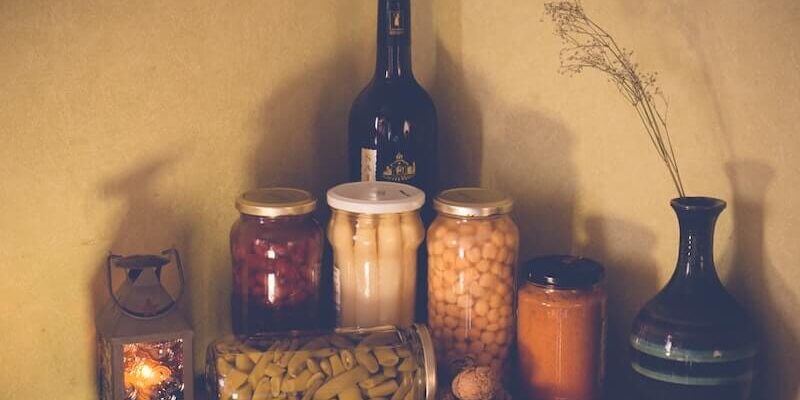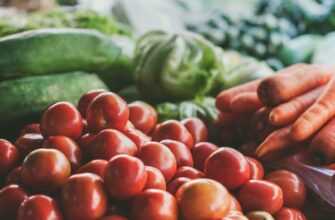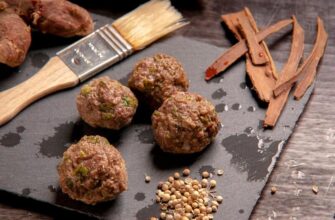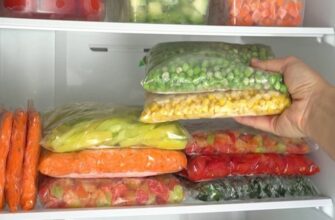It is very important for people with diabetes to follow a diet that limits glucose intake. Canned food for diabetics allows you to control the sugar levels in foods. This is easy to do when buying canned food, because their labels indicate the amount of this sweetener, but not always manufacturers indicate all the sugar containing additives. And the cost of store-bought canned food is higher than if one were to make the canned food oneself.
Peculiarities of canned food for the winter for diabetics
Making canned preserves for the winter on their own, a person will be confident in the amount of sugar contained, especially since there are a lot of sugar substitutes that can be used. People with type 1 and 2 diabetes can use canned fruits and vegetables, but the best solution is freezing or drying.
Methods of preserving fruits and vegetables
The most advantageous and fastest way to make preparations for diabetics for the winter is freezing. To keep products properly and for a long time in a frozen form, they need to be thoroughly washed, dried slightly, then placed in containers or special bags and put in the freezer. With this kind of preservation vegetables and fruits retain their natural taste and useful properties.
The second option for saving seasonal products for the winter is drying. But the problem is that not all fruits and vegetables are suitable for this purpose. Drying would be ideal for greens and fruits, as well as for mushrooms. For this kind of preservation it is not necessary to have special devices, you can dry the products in the sun or in the oven.
Very tasty and useful is canning in its own juice. This method is ideal for berries, but can also be applied to tomatoes. To make such a preparation: berries are put into a pre-sterilized jar, and cooked directly in it in a water bath.
When cooking berries secrete juice and settle, you need to gradually pour them into the container, until it is filled, then screw a sterilized lid with a wrench. A little inconvenient is that such preparations need to be stored in a cool place, because not everyone has a cellar or enough space in the fridge.
Sweet preservation for diabetics
A great solution would be jams and jams without sugar or with sugar substitutes. Recipes are quite simple, and there is little difference from the same only sweet. You will need fruit or berries of different ripeness, some of which should be well ripened and some slightly underripe. You can combine different kinds of berries and fruits, it can be a mix of gooseberries, currants, apples, rowanberries, quinces, cherries and strawberries. The selected ingredients should be well washed, peeled, if necessary, soften (in the microwave or boil on low heat). If you want a homogeneous jam, it is rubbed through a sieve or whipped with a blender, and then the berry-fruit porridge is boiled and placed in jars.
Another delicious thing for diabetes will be compote. They can be cooked on sweeteners, observing the proportion per 1 liter of water not more than 400 grams of sugar substitute, which can be fructose. When canning cucumbers and tomatoes from the usual recipes, the recommendations for cooking for diabetics will also include sugar substitutes or simply be absent, which will not affect the quality of the final dishes.
What to replace sugar with?
A popular sweetener is stevia, it is used not only by people with diabetes, but also by those who are prone to high blood glucose levels or sit on all possible diets for weight loss. Stevia has sweetening properties and is sold as a powder, syrup or tablets. The disadvantage of using it for homemade jams is that the jams will not turn out thick. Cucumbers and tomatoes are canned with stevia leaves. For this purpose, 5 leaves per jar will be enough, for compotes take a little more – up to 10 pieces.
It is worth noting that the use of sweeteners for diabetes is limited. A day can be up to 40 grams of products that replace sugar. Overdose is fraught with intestinal disorders, nausea.
Another sweet helper in the preparation of jams and compotes will be maltose molasses. This is a sweet, viscous syrup with a caramel color. The syrup contains a low percentage of glucose, so it will be another faithful companion in the preparation of fruit preparations for diabetic patients. One kilogram of molasses replaces about 700 grams of white sugar.









